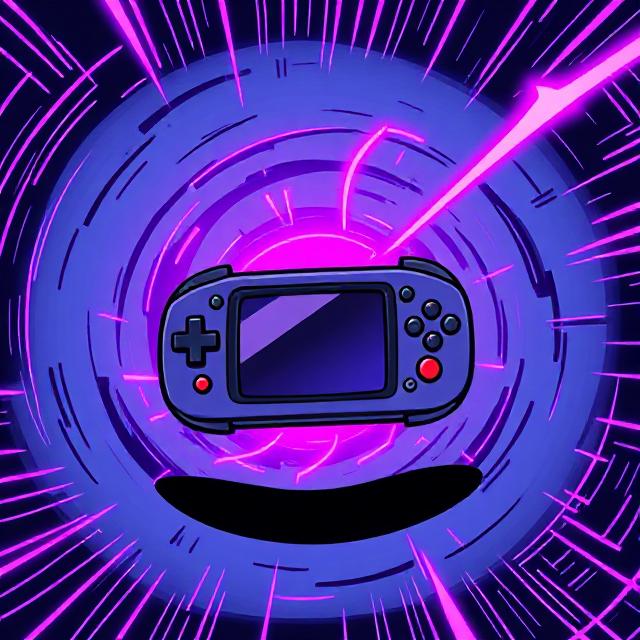GameFi is inevitable

The Gaming Industry in 2025: A Youth-Driven Global Powerhouse Facing Regulatory Challenges and Blockchain Opportunities via GameFi (Gaming Finance)
The gaming industry has evolved into a cultural and economic juggernaut, captivating nearly half of the global population—approximately 3.24 billion people—who actively engage with video games. Most of these gamers are under 35, making gaming a youth-driven phenomenon that shapes culture, economy, and even identity in our increasingly digital world. With such massive influence, the gaming sector has become one of the most powerful industries on the planet, but it’s not without its challenges and transformative opportunities.
A Global Gaming Landscape: Asia Leads, but Connectivity Transcends Borders
The distribution of gamers worldwide highlights the industry’s global reach. Asia dominates with nearly half of the world’s 3.24 billion gamers—around 1.48 billion—followed by Europe with 22% (715 million). Latin America, North America, and Africa each account for 9–15% of the total, with 420 million, 285 million, and 312 million gamers, respectively. Oceania trails with 32 million. This regional breakdown underscores Asia’s pivotal role, driven by massive markets like China and India, but it also reveals a critical truth: today’s 3 billion gamers are interconnected through a single internet network. Virtual worlds and games can no longer be confined to specific regions—evolution cannot be stopped, only delayed. Half the planet prefers to spend time in these virtual spaces, fueling a global market for digital assets that hold value within these digital realms and are often central to the fun of the game itself.
The Industry’s Regulatory Struggles: A Fragmented Market
Despite its global reach, the gaming industry faces serious challenges due to rigorous regulations on transactional elements, such as in-game purchases and microtransactions. These restrictions aren’t due to technological limitations or the absence of backend systems but are instead driven by political and governmental pressures rooted in economic and regulatory concerns. Over time, these regulations have not loosened but have become increasingly restrictive, with a clear intent to isolate regions from one another—a modern take on the “divide and conquer” strategy. This approach creates a fragmented global market, a system that may have worked in the pre-internet era when bandwidth was scarce and devices were expensive, but it struggles to hold in today’s interconnected world.
The Rise of Digital Assets and the Role of Centralized Systems
Currently, digital assets—items like skins, weapons, or currencies that enhance gameplay and player experience—reside on game studio servers, centralized entities that control their movement. Some games, like MMORPGs, allow free trading of assets between players using in-game currencies specific to that ecosystem. Others, like League of Legends, restrict asset movement, tying valuable items like rare skins to RNG (random number generation) mechanics. For example, a player might luck into a coveted skin that others would pay dearly for, but there’s no way to trade or sell it within the game’s ecosystem. This centralization limits player agency and keeps value locked within closed systems, often to the benefit of the studio rather than the player.
Blockchain and GameFi: A Game-Changer for the Industry
This is where blockchain technology, specifically decentralized distributed ledgers, becomes a game-changer. These systems store data and digital assets across a network of computers (nodes) without a central authority, with each node maintaining a copy of the ledger to ensure transparency, security, and immutability. In gaming, blockchain enables secure, transparent transactions for digital assets like NFTs and in-game currencies, reduces fraud, and empowers players with true ownership of their assets, bypassing centralized control. For instance, platforms like Solana, a high-performance blockchain, support up to 65,000 transactions per second at minimal cost, making them ideal for gaming applications. In Africa, where the gaming market leverages $20 billion/month in crypto transactions, Web3 gaming on decentralized ledgers facilitates cross-border value exchange, showing the potential for global scalability.
Toward a New Digital Economy: Player Empowerment and Beyond
Blockchain’s impact goes beyond games—it lays the foundation for a new global digital economy. By moving from closed, studio-owned ecosystems to open, player-empowered networks, blockchain ensures that a player’s time, skill, and digital possessions truly belong to them. Imagine a world where the rare League of Legends skin you earned can be traded or sold on an open marketplace, or where your MMORPG gear holds real-world value across borders. This shift redefines gaming as not just entertainment but a space where players can build and own their digital legacies.
The Future: Gamers as Owners
The next generation of gamers won’t just play the game—they’ll own it. As decentralized technologies like blockchain continue to evolve, the gaming industry is poised to break free from restrictive regulations and regional fragmentation, creating a truly global, player-driven ecosystem. In a world where digital interaction defines so much of our lives, the gaming sector’s youth-driven momentum, combined with the transformative power of blockchain, signals a future where virtual worlds are not just places to play, but places to create, trade, and thrive.
